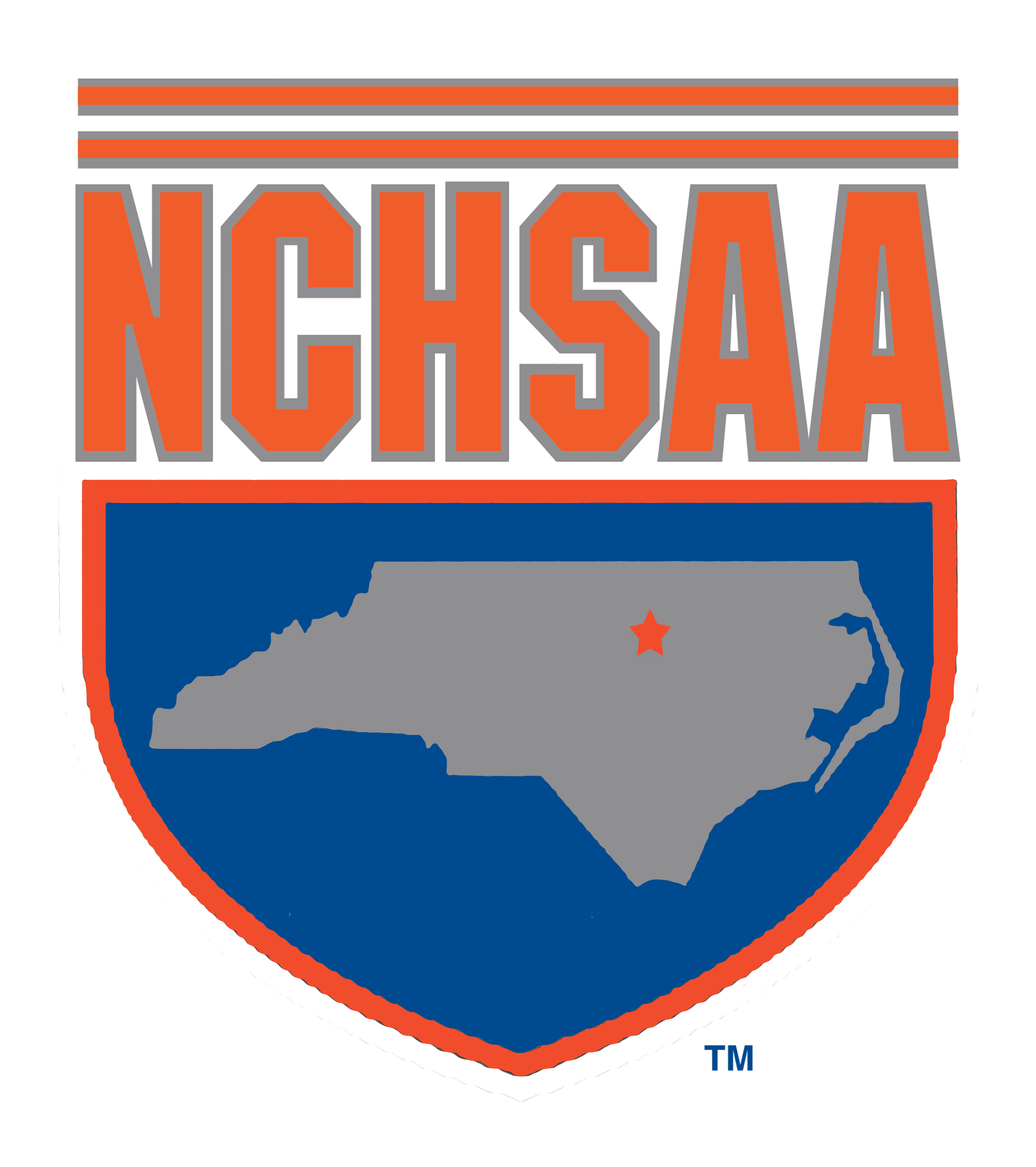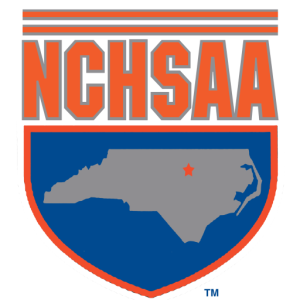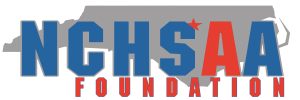CHARLOTTE— A total of 19 Charlotte-Mecklenburg high schools who are members of the North Carolina High School Athletic Association have received the National Athletic Trainers’ Association (NATA) Safe Sports School award.
The high schools are Ardrey Kell, Phillip O. Berry Academy of Technology, Butler, East Mecklenburg, Garinger, Harding University, Hopewell, William A. Hough, Independence, Mallard Creek, Myers Park, North Mecklenburg, Olympic, Providence, Rocky River, South Mecklenburg, Zebulon B. Vance, West Charlotte and West Mecklenburg.
The Safe Sports School Award advocates safety and schools which provide safe environments for student-athletes. The award recognizes the importance of providing the best level of care, injury prevention and treatment.
CMS partnered with Carolinas Healthcare System in 2011 to provide qualified healthcare providers to all student-athletes. The partnership was created in response to a growing concern nationwide about injuries among student-athletes, particularly concussions and sudden cardiac deaths.
“CMS values our longstanding partnership with Carolinas Healthcare System. The NATA Safe Sports School First Team Award achieved by our high schools is due in large part to our partnership with Carolinas Healthcare and the effort of athletic directors and athletic trainers in each school,” said Susan Doran, CMS athletic director. “We’re committed to providing quality care for our student-athletes, as well as a safe environment for them and their families. This award recognizes a standard of care provided to our student-athletes that ultimately improves their ability to perform at their highest level and enhances the environment in which they compete.”
Athletic trainers are trained to recognize and evaluate injuries and provide immediate care when needed. They are responsible for the prevention, care, management and rehabilitation of athletic injuries and focus on protecting the health and safety of student athletes in all sports. They are usually the first healthcare provider on the scene when injuries occur.
“With us on campus, we can cut down on undiagnosed concussions. We have a wide range of physicians, physical therapists and surgeons in our system, so we are able to assist our athletes in seeing an expert regardless of their insurance or financial status. Without this partnership, many of our economically disadvantaged athletes would go without care and end up potentially harming themselves,” said Stephanie Bowman, Myers Park High School head athletic trainer.
Athletic trainers also educate coaches and athletes on prevention and proper care of injuries. They also perform rehabilitation on injuries. When injured, students are provided with computer-based testing which offers a baseline measurement and follow-up assessment before they can return to play.
Physical activity is very important for youth, according to NATA president Jim Thornton. “There has been an increase in competitive sports, which are, unfortunately, not without risk. Brain injury/concussion, cardiac arrest, heat stroke, cervical spine fractures and other injuries and illnesses are potentially life-threatening.” Proper planning with proper equipment and personnel is vital to the safety of student athletes today, he added.
In order to achieve Safe Sport School status, athletic programs must do the following:
· Create a positive athletic health care administrative system
· Provide or coordinate pre-participation physical examinations
· Promote safe and appropriate practice and competition facilities
· Plan for selection, fit function and proper maintenance of athletic equipment
· Provide a permanent, appropriately equipped area to evaluate and treat injured athletes
· Develop injury and illness prevention strategies, including protocols for environmental conditions
· Provide or facilitate injury intervention
· Create and rehearse a venue-specific Emergency Action Plan
· Provide or facilitate psychosocial consultation and nutritional counseling/education
· Be sure athletes and parents are educated of the potential benefits and risks in sports as well as their responsibilities



